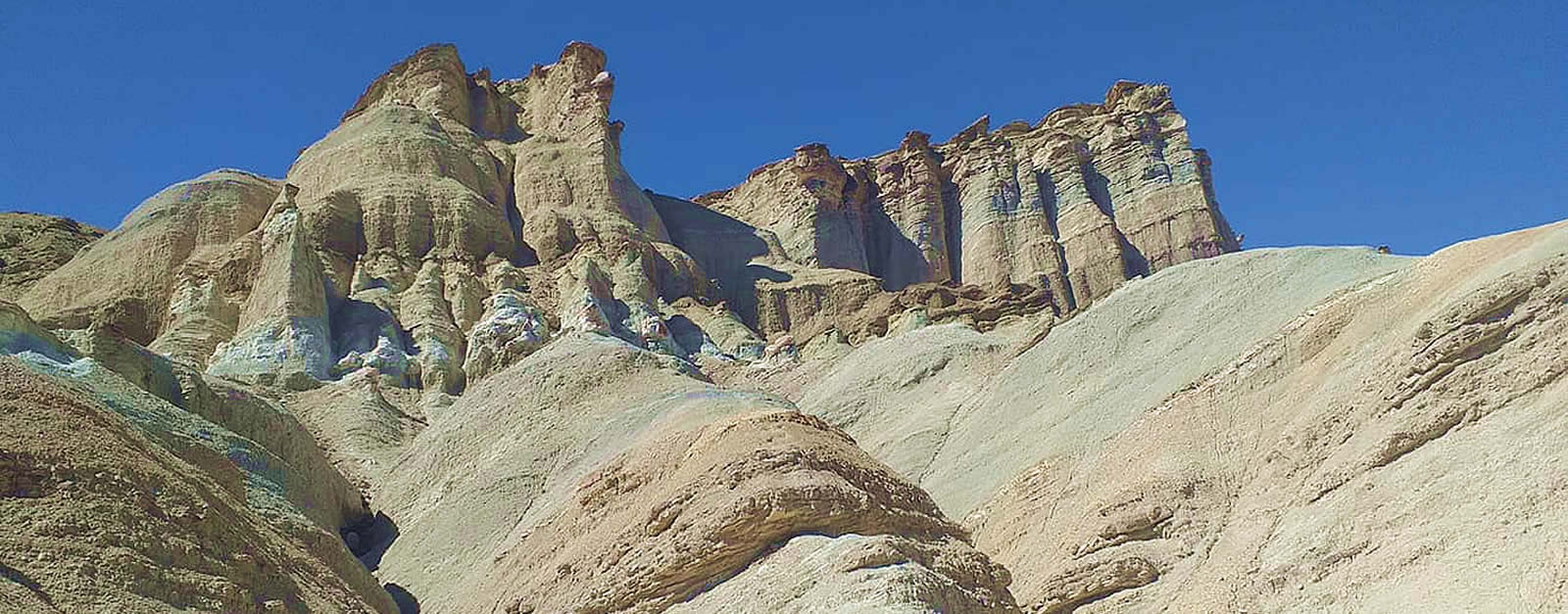In the department of Calingasta, in the southwest of the province of San Juan, is the town of the same name (also known as Villa Calingasta), on the left bank of the Patos River. It is a small town in the valley formed by the mountain range and the foothills, where life goes on at a quiet pace and the hospitality of the people of San Juan is evident in every corner.
The history of Calingasta dates back to pre-Columbian times, when the region was inhabited by indigenous populations, who left their mark in the area through their culture and traditions. The name comes from the Huarpe language: "Calin", name of a chief or cacique and "gasta", people or nation.
Today, Calingastas economy continues to be mainly agricultural, livestock and mining, with tourism occupying an increasingly relevant space. As in other neighboring towns, mineral deposits are an important source of income and employment for the local community. In terms of tourism, Calingasta has experienced significant growth in recent decades due to its natural beauty and mild climate and sunny days most of the year.
One of the main attractions is El Leoncito National Park, home to the Félix Aguilar Astronomical Observatory and the El Leoncito Astronomical Complex. This astronomical enclave is famous for its exceptionally clear night sky for stargazing and scientific research. In addition to its scientific importance, the park is a popular destination for nature lovers and ecotourists. Its mountainous landscapes provide the perfect setting for a variety of outdoor activities, such as hiking and bird watching.
For those adventurers looking to challenge their limits and immerse themselves even more in the wild beauty of the mountain range, the Calingasta Valley offers a unique trek: the Balcón de los Seismiles. The expedition begins at the base of Mount Mercedario, the highest peak in the province of San Juan, and connects with Laguna Blanca, Caballito glacier, Turquesa stream, Guanaquitos base camp, until reaching the balcony with wonderful views of the peaks of the mountain range.
Must-see destinations include Cerro Siete Colores and Cerro Alcázar, two natural jewels that stand out in Calingastas landscape. Both are points of reference for the local community, which celebrates them through festivals and cultural events that highlight the splendor of nature.
A site of interest that shows the historical importance of mining is the Hilario Ruins. These are the remains of a metallurgical facility dedicated to silver smelting, promoted and inaugurated by Domingo Sarmiento. The provincial government launched a project to enhance the value of the ruins as a tourist attraction.
These San Juan landscapes of rugged reliefs also have a historical significance, having witnessed the heroic deeds of General San Martin in the crossing of the Andes through the Paso Los Patos. To travel these same roads is to follow in the footsteps of those who defied limits and fought for the freedom of their people, an opportunity to disconnect from the modern world and hold on to our own adventurous spirit.
Read more ↓ 






